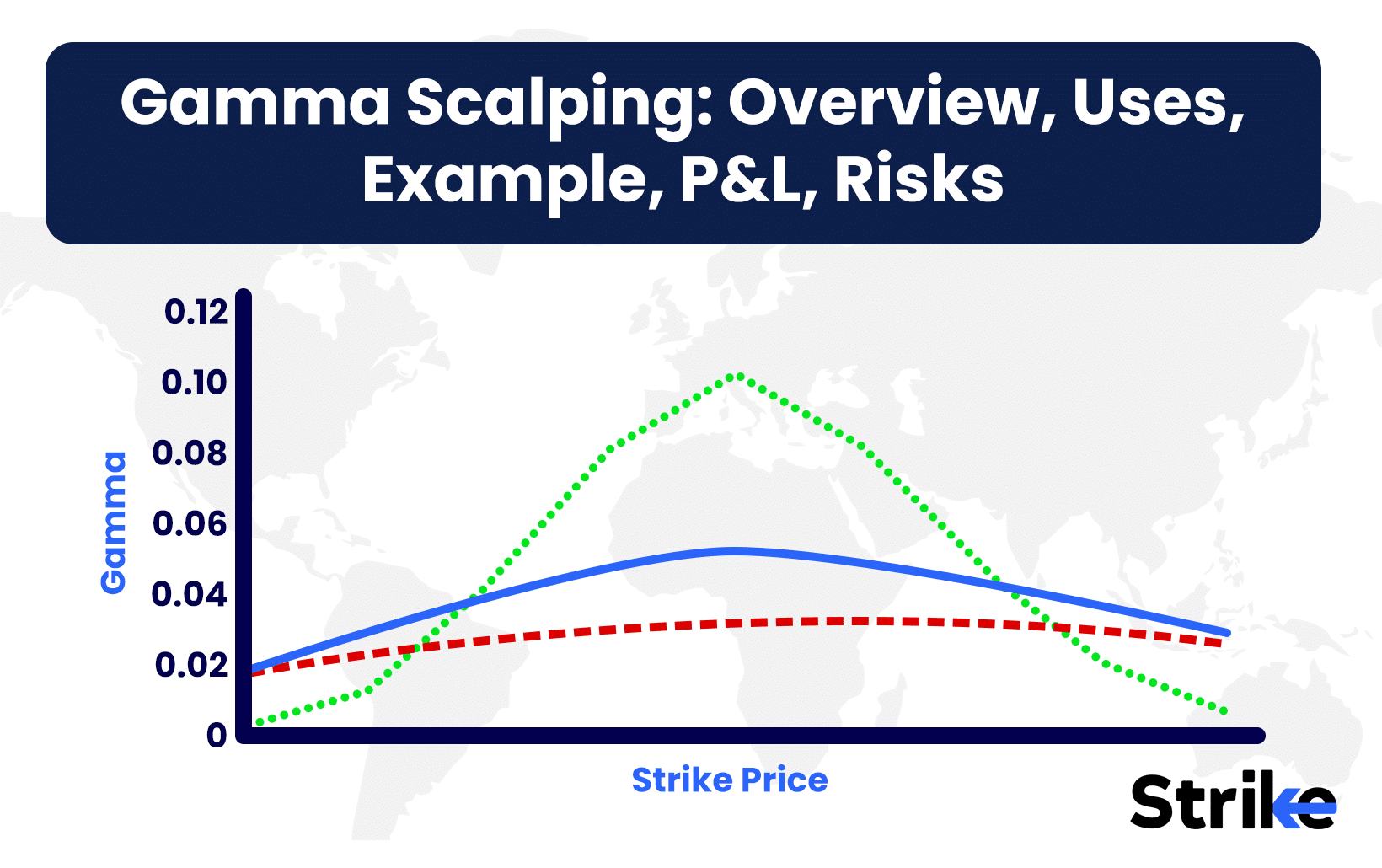
Gamma scalping is an active options strategy that profits from frequent, small price swings by constantly rebalancing a delta-neutral, long gamma position. Gamma scalping involves buying at-the-money straddles or strangles and repeatedly buying or selling the underlying to offset delta changes as prices fluctuate.
This lets traders “scalp” profits from market oscillations. Profits occur when hedge gains outpace time decay (theta) and trading costs. The strategy works best in volatile, range-bound markets. Risks include theta decay, transaction costs, margin requirements, and losses in trending markets. Alternatives include passive straddles, delta hedging, volatility arbitrage, and spreads.
What Is Gamma Scalping?
Gamma scalping is an active options trading strategy where traders profit from frequent, small price swings in the underlying asset by constantly rebalancing their hedged positions. Gamma scalping specifically involves holding a position with positive gamma, almost always achieved by buying at-the-money straddles or strangles, so that the delta (the sensitivity of an option’s price to the underlying) shifts rapidly with every small move.
Traders watch these shifts closely. Every time the underlying price moves, the position’s delta changes, allowing for small profits through timely buying and selling of the underlying asset. This is achieved by buying low and selling high as the price oscillates—effectively scalping the minor swings that occur throughout the trading session.
Gamma scalping is unique because its success doesn’t depend on a large move in one direction. Instead, it thrives in markets that whipsaw back and forth. The core philosophy is to keep the position delta-neutral, so that the trader is insulated from big one-way moves but positioned to profit from volatility.
How Does Gamma Scalping Work?
Gamma scalping works by actively buying and selling the underlying asset to maintain a delta-neutral position as the price moves, capturing profits from these adjustments. The strategy is rooted in the way delta and gamma interact—gamma measures how much delta changes for a small move in the underlying.
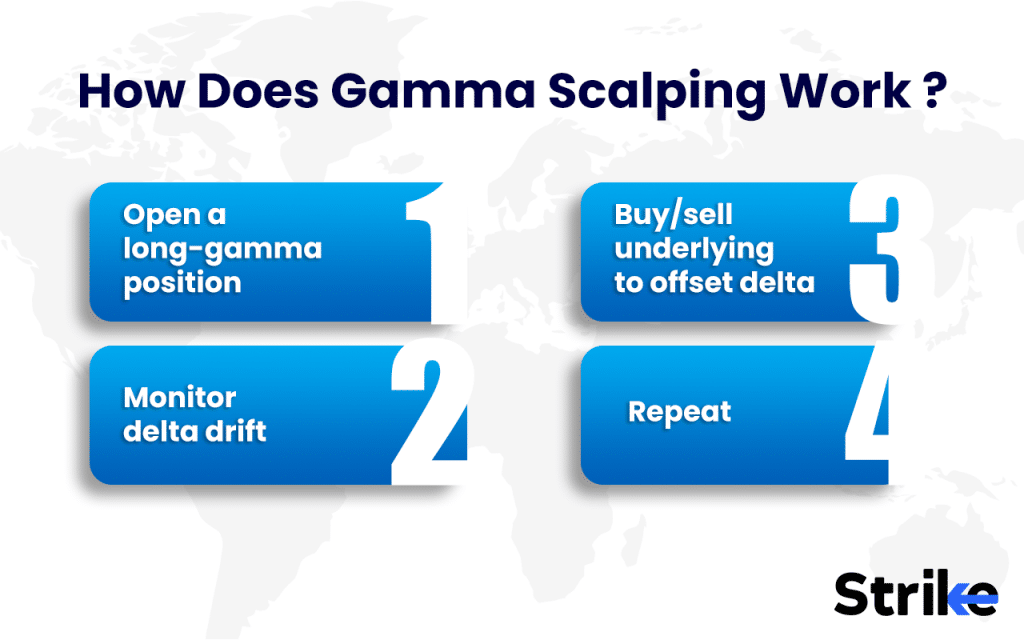
- Open a long-gamma position: This is usually done by buying an at-the-money straddle or strangle. The position now has positive gamma.
- Monitor delta drift: As the price of the underlying asset fluctuates, the position’s net delta will move away from zero.
- Buy/sell underlying to offset delta: If delta turns positive, the trader sells the underlying to bring it back to neutral. If delta turns negative, the trader buys the underlying.
- Repeat: This process is repeated every time the underlying moves enough to shift the position’s delta.
Each adjustment is a small hedge trade. If the underlying price repeatedly oscillates, these trades create a series of “buy low, sell high” scenarios.
Importantly, the profits from gamma scalping come from these hedge trades, not necessarily from a large move in the options themselves. Over time, and especially in volatile or rangebound markets, these profits can add up.
Why Do Traders Use Gamma Scalping?
Traders use gamma scalping to generate profits from underlying price oscillations and to hedge risk in long-gamma options positions. This approach is especially attractive to those who prefer not to “bet” on direction but want to capitalize on volatility.
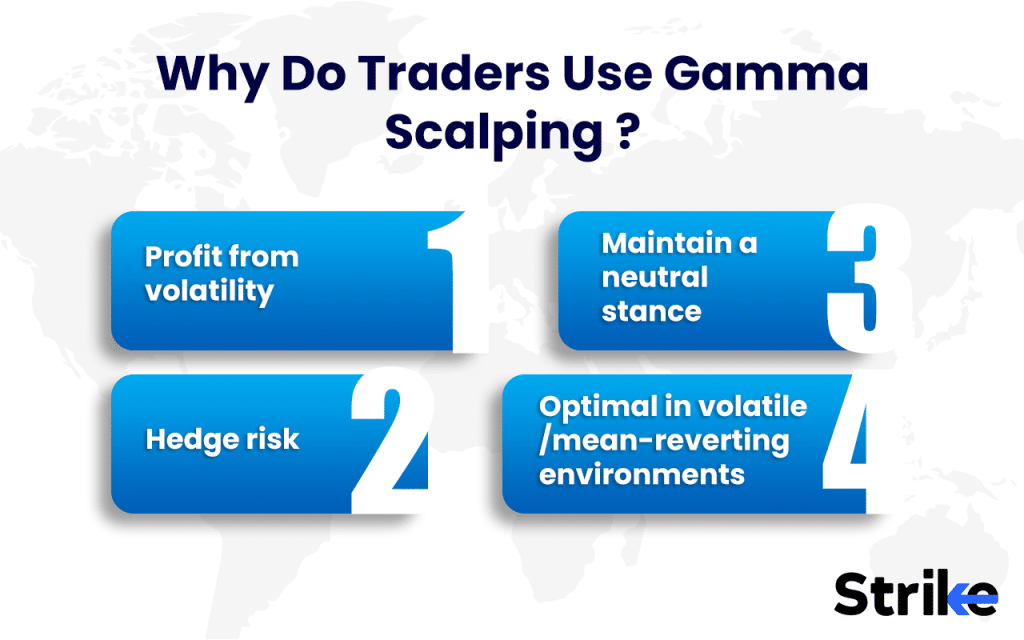
- Profit from volatility: Rather than hoping for a large single move, traders collect small profits as the underlying price oscillates. This is ideal for markets that are choppy or range-bound.
- Hedge risk: When holding long straddles or strangles, gamma scalping helps manage the risk of adverse price movements by keeping the position delta-neutral.
- Maintain a neutral stance: By hedging delta continually, traders are not exposed to directional risk. This allows them to focus on volatility, not price direction.
- Optimal in volatile/mean-reverting environments: Markets with regular swings and higher implied volatility present the best conditions for gamma scalping.
For example, during earnings announcements or macro events in India, implied volatility on NIFTY options often spikes. This creates a prime environment for gamma scalping because price movements are larger and more frequent.
When to Use Gamma Scalping
Gamma scalping should be used in markets that are range-bound, highly volatile, or exhibit frequent price swings. The core idea is to profit from oscillations, not trends, so the ideal environment is one where the underlying is moving back and forth within a defined range.
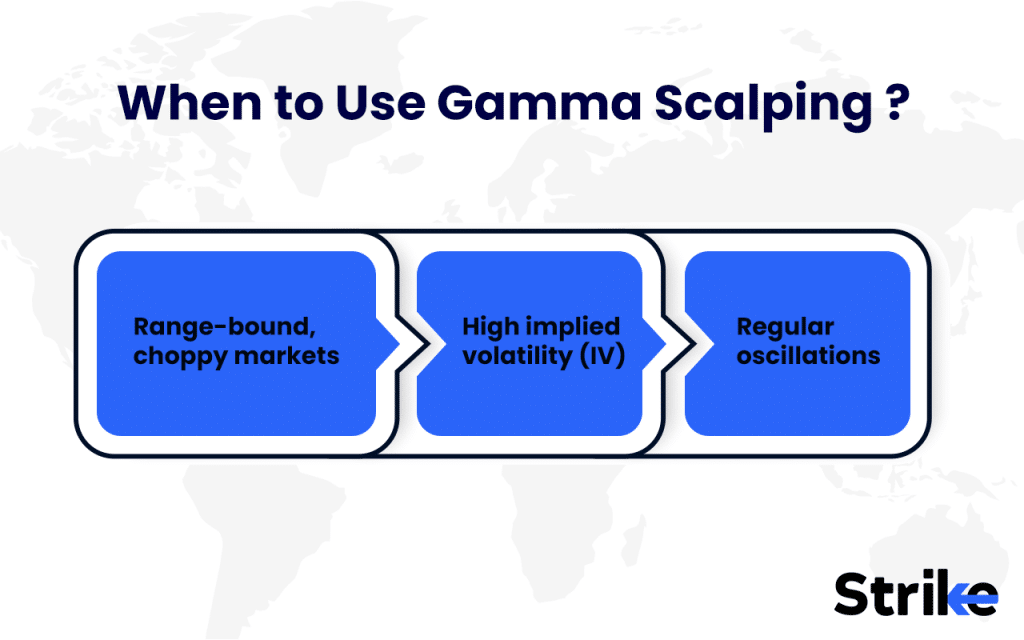
- Range-bound, choppy markets: If the market is fluctuating without a clear trend, gamma scalping can be very effective. Each oscillation provides an opportunity to buy low and sell high.
- High implied volatility (IV): When IV is elevated, such as around major news events, options are priced higher, and underlying moves are more pronounced. This increases the potential for profitable scalps.
- Regular oscillations: If the underlying asset has a history of mean-reverting behavior or reacts predictably to certain events, gamma scalping can be consistently profitable.
Conversely, the strategy is not suited for environments where the underlying trends persistently in one direction. In such cases, rebalancing the hedge can lead to repeated losses as the price keeps moving away from the original strike.
What Are the Key Greeks Involved in Gamma Scalping?
Gamma, delta, theta, and vega are the key Greeks that determine the outcomes of gamma scalping. Each Greek measures a different risk or sensitivity in the position, and understanding their roles is crucial for successful execution.
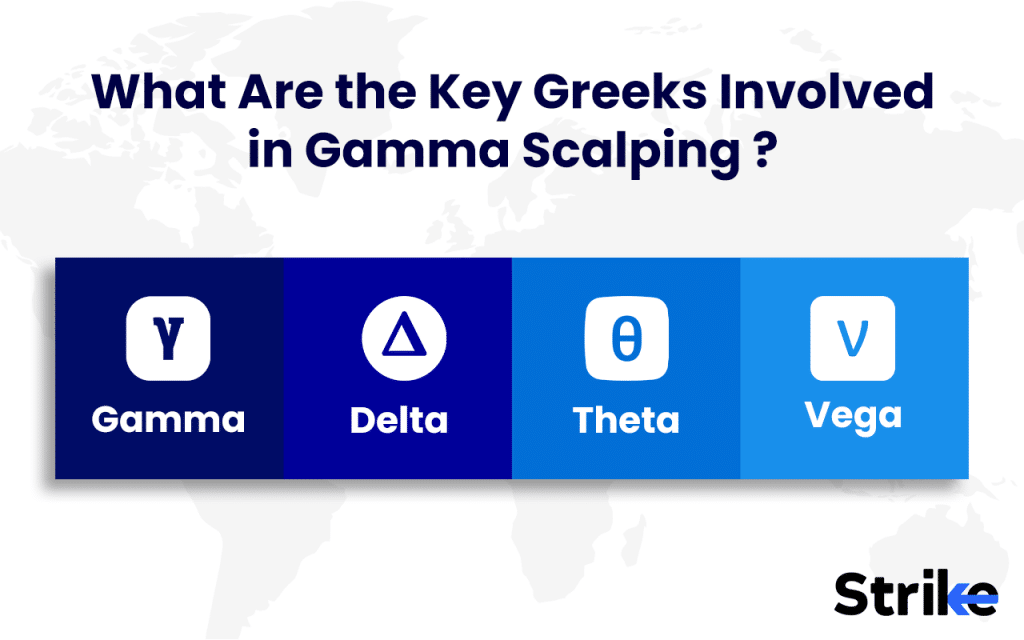
- Gamma: This is the most important Greek for scalping. Gamma measures how much the delta will change for a small move in the underlying. Long gamma means that delta will shift quickly, providing more opportunities for profitable hedges.
- Delta: Delta measures the position’s sensitivity to moves in the underlying asset. Gamma scalping requires constant adjustment of delta to keep the position neutral—buying or selling the underlying as needed.
- Theta: Theta represents time decay, or the loss in option value as expiration approaches. Gamma scalpers are always fighting against theta, as the options they hold lose value every day.
- Vega: Vega shows how much the position’s value will change with a shift in implied volatility. Rising volatility helps long gamma positions, but a sudden drop (IV crush) can erode profits quickly.
Balancing these Greeks is an ongoing challenge. For example, in India’s options market, theta decay on weekly NIFTY options can exceed Rs. 100 per lot per day near expiry. Profits from gamma scalping must consistently outpace this decay to remain viable. Active management of delta, and an eye on changing volatility, are both essential.
What is an Example of a Gamma Scalping?
A typical gamma scalping example involves starting with a delta-neutral options position and continuously adjusting it as the delta changes due to gamma.
Step 1: Initiate a Long Options Position
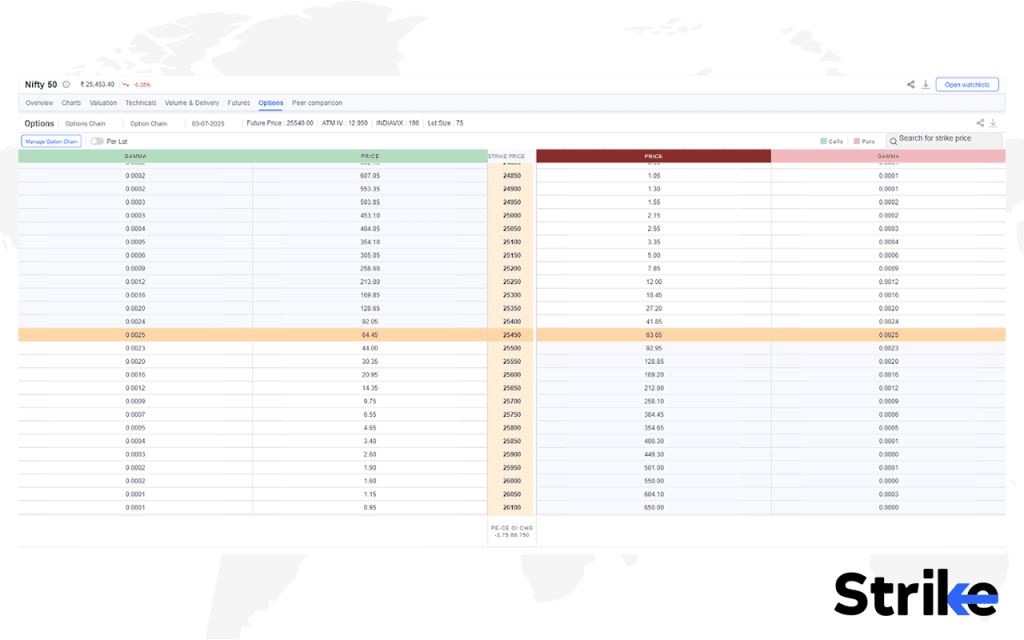
Start with a straddle to create both positive gamma and delta neutrality:
- Buy 25450 Call Option at ₹64.45 (Delta = +0.50, Gamma = 0.0025)
- Buy 25450 Put Option at ₹63.65 (Delta = –0.50, Gamma = 0.0025)
- Net Delta = 0, Net Gamma = +0.005
This setup ensures that your position is neutral to small movements initially, but sensitive to changes in price.
Step 2: Let the Market Move
Suppose Nifty moves up 50 points to 25,500. Due to gamma, the deltas adjust:
- Call delta rises to ~0.625
- Put delta falls to ~–0.375
- New Net Delta = +0.25
Now, the position is no longer delta-neutral.
Step 3: Rebalance the Delta (Scalping)
To restore delta neutrality, sell futures to offset the new delta (+0.25). This action locks in a small profit created by the gamma effect.
This rebalancing isn’t about predicting market direction. You’re simply “harvesting” gamma—profiting from small directional changes by rebalancing delta each time.
Step 4: Repeat the Process
Every time the market moves, the delta shifts because of gamma. You continue adjusting your hedge (with futures or underlying stock) to maintain delta neutrality. Each rebalancing captures incremental gains.
This strategy works best in high-volatility markets, where frequent rebalancing opportunities allow you to accumulate profits over time—even without knowing which way the market will go.
Is Gamma Scalping Profitable?
Yes, Gamma scalping is profitable only when the underlying asset oscillates enough to generate hedge profits exceeding the losses from time decay and transaction costs. The strategy’s edge comes from frequent, significant price swings, not from a directional move.
Professional traders use advanced analytics and automation to maximize their edge, but even then, returns are choppy. For retail traders, transaction charges, slippage, and margin costs significantly eat into potential profits. On average, when executed well, monthly returns of 1–3% on deployed capital are possible, but losses are likely in unfavorable conditions.
Gamma scalping is not a consistently “easy” profit strategy. It requires discipline, real-time execution, and a willingness to accept unprofitable periods.
What Are the Profit & Loss Mechanics of Gamma Scalping?
Gamma scalping profits arise from effective hedge trades, while losses come mainly from option time decay and transaction costs. The ongoing battle between scalp profits and theta determines the net outcome.
Here’s how it works.
- Hedge profits: Each time the underlying oscillates, the trader buys and sells at favorable prices due to gamma. This creates a series of small, realized profits.
- Theta decay: Every day, the long options lose value (for example, Rs. 100–200 per day per lot in NIFTY weeklies).
- Transaction costs: Each hedge trade incurs brokerage, exchange fees, and slippage. In India, costs range from Rs. 20–50 per round trip per lot.
- Net P/L: The sum of all hedge profits, minus theta and transaction costs, gives the final result.
Here’s a simplified table to illustrate.
| Day | Hedge P/L (Rs.) | Theta Loss (Rs.) | Transaction Cost (Rs.) | Net P/L (Rs.) |
| 1 | 200 | -100 | -50 | 50 |
| 2 | 300 | -100 | -50 | 150 |
| 3 | 0 | -100 | -50 | -150 |
| 4 | 150 | -100 | -50 | 0 |
A P/L diagram for gamma scalping typically starts flat or negative due to theta, but rises sharply if underlying volatility picks up. If there’s little movement, losses accumulate due to ongoing decay and costs. The key is to achieve enough hedge profits to consistently offset these headwinds.
What Are the Risks of Gamma Scalping?
The main risks of gamma scalping are time decay, transaction costs, margin exposure, and loss potential in trending markets. Each of these factors can turn the strategy unprofitable even if trading skill is high.
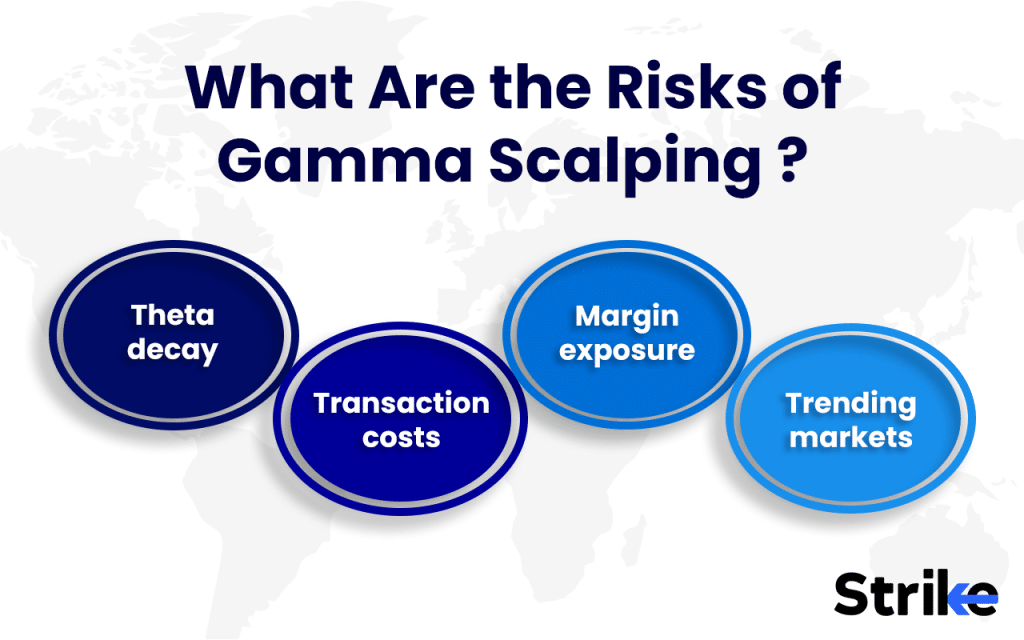
- Theta decay: The biggest risk is that the options lose value faster than profits are made from scalp trades. For example, weekly NIFTY options lose Rs. 100–200 per lot per day as expiry approaches.
- Transaction costs: Frequent hedge trades rack up brokerage, taxes, and slippage. In India, these can eat up 10–20% of gross profits in active scalping.
- Margin exposure: Hedging with futures or stock requires large margins. An unexpected market gap or error in execution can lead to losses that far exceed the initial premium.
- Trending markets: If the market moves strongly in one direction, the trader is forced to keep rebalancing at unfavorable prices, leading to a build-up of directional losses as well as theta decay.
A trader using gamma scalping needs disciplined risk management—such as strict stop-losses, defined capital allocation, and real-time monitoring. Ignoring these risks can lead to significant drawdowns, especially during unusual market events or periods of low liquidity.
What are the Alternatives to Gamma Scalping?
Alternatives to gamma scalping include covered delta hedging, passive long straddles/strangles, volatility arbitrage, and spread strategies like ratio and calendar spreads. Each method provides a different risk/reward profile and level of complexity.
- Covered delta hedging: Instead of frequent hedging, traders adjust delta less often, reducing costs but accepting more risk. This approach is simpler and less expensive but less responsive.
- Passive long straddle/strangle: Buy options and hold them till expiry without any hedging. Profitable only if a major move occurs—otherwise, the entire premium is lost.
- Volatility arbitrage: Use statistical models to trade options based on expected vs. implied volatility. Requires more advanced skills and tools.
- Ratio or calendar spreads: Construct complex option structures to benefit from specific volatility or time decay profiles. For example, a calendar spread profits if realized volatility stays below implied volatility.
| Strategy | Complexity | Cost | Directional Risk | Volatility Edge |
| Gamma Scalping | High | High | Low | High |
| Covered Delta Hedging | Medium | Medium | Medium | Medium |
| Passive Straddle/Strangle | Low | Low | High | High |
| Volatility Arbitrage | High | Variable | Low | High |
| Ratio/Calendar Spreads | Medium | Low | Medium | Medium |
Each alternative suits different trader profiles. Gamma scalping is the most active and capital-intensive, while passive strategies require less effort but are riskier if volatility fails to materialize. Spread strategies and volatility arbitrage offer more tailored risk, but need greater expertise and sometimes, more capital.






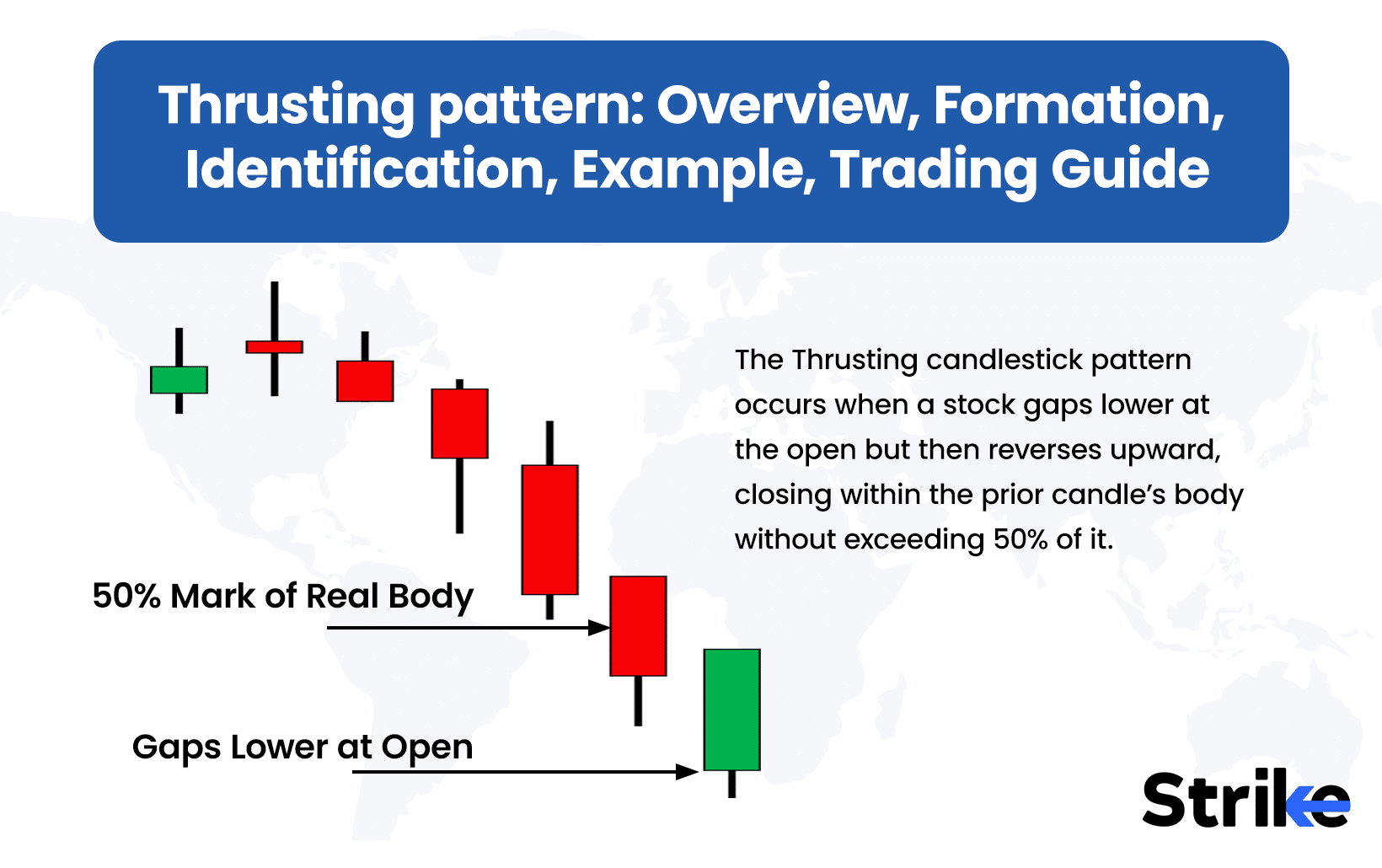
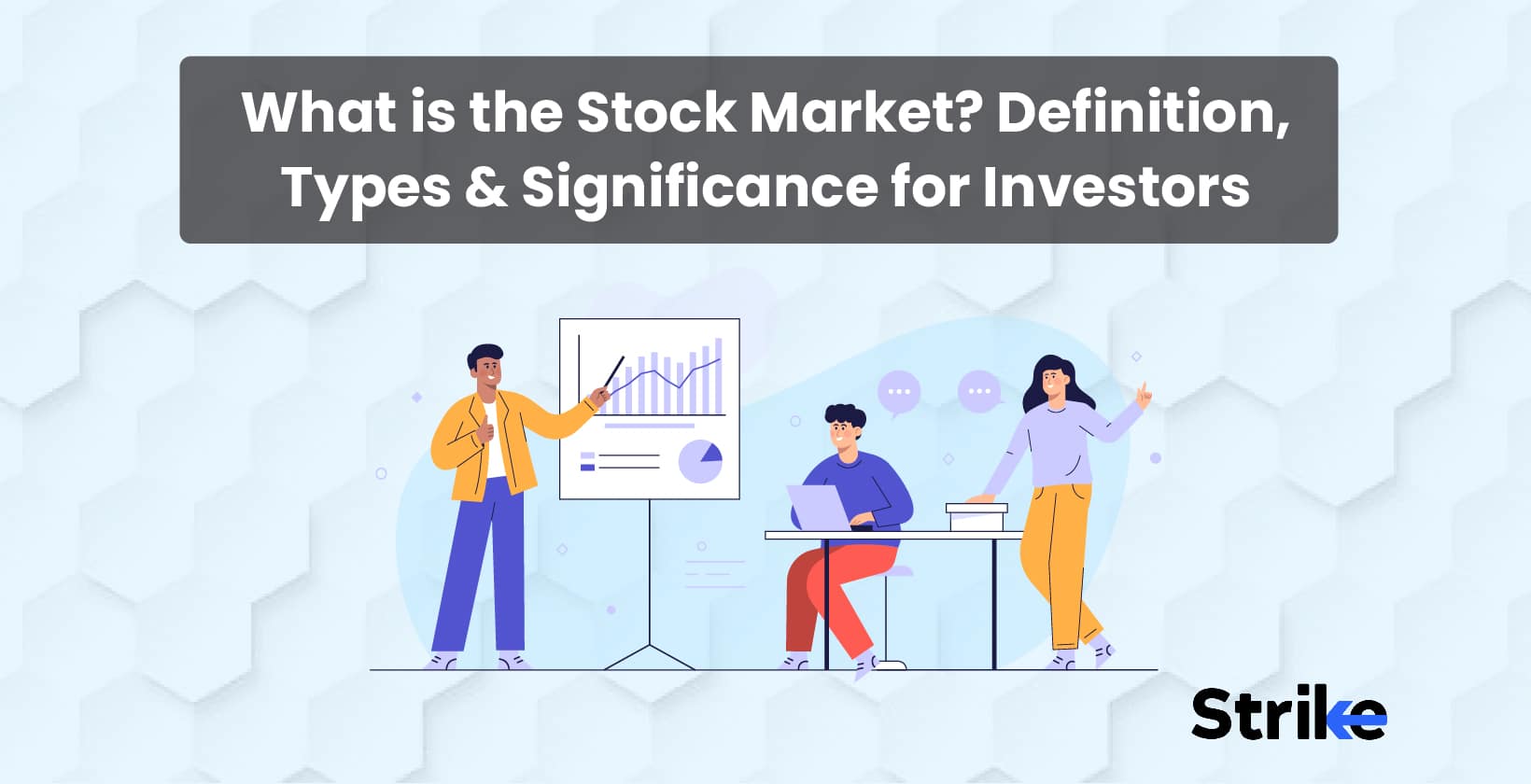
![85 Common Stock Market Terminologies for Dummies [Updated List for 2025] 28 85 Common Stock Market Terminologies for Dummies [Updated List for 2025]](https://www.strike.money/wp-content/uploads/2025/04/Popular-Stock-Market-Terms-for-Beginners-Banner.png)
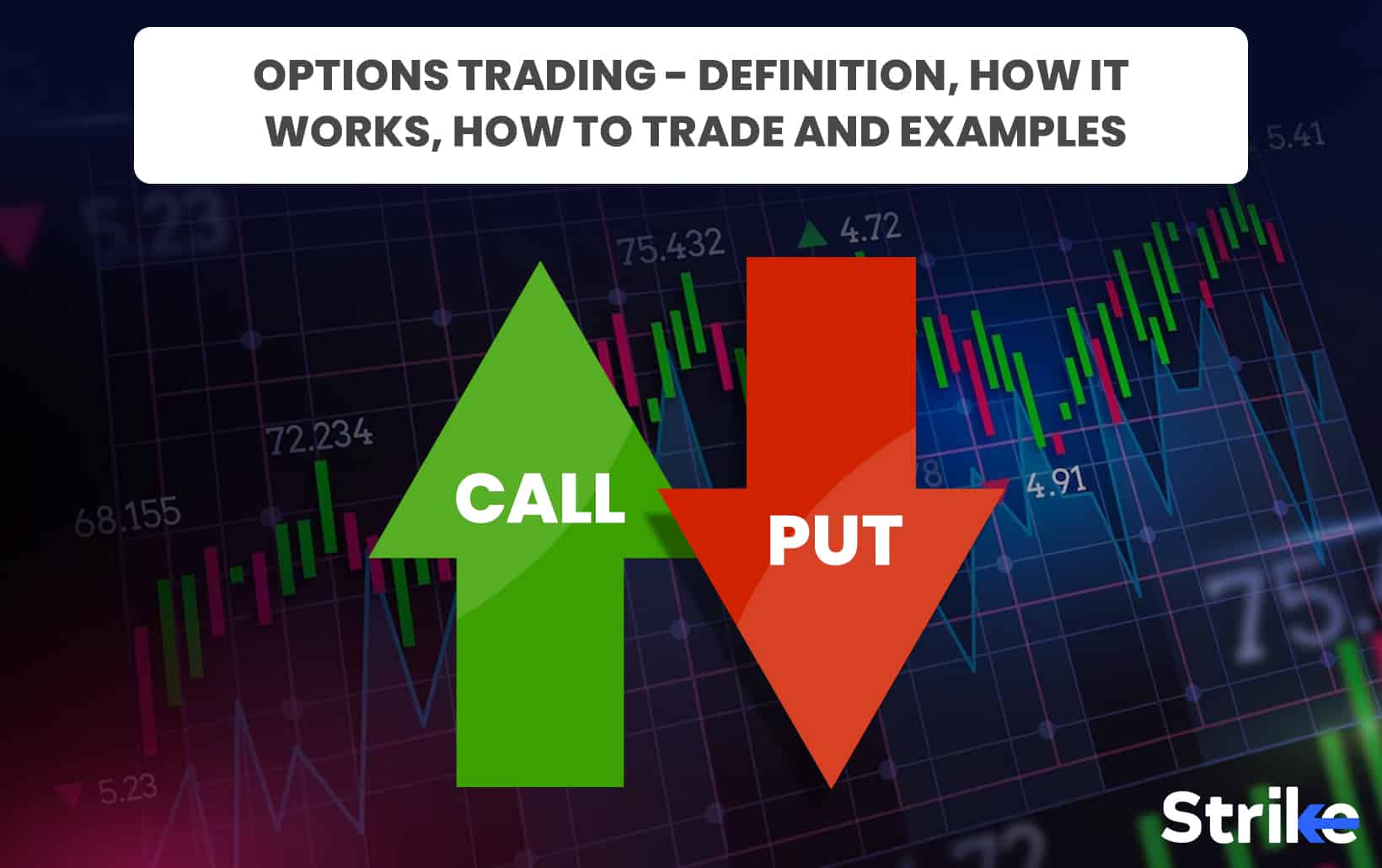
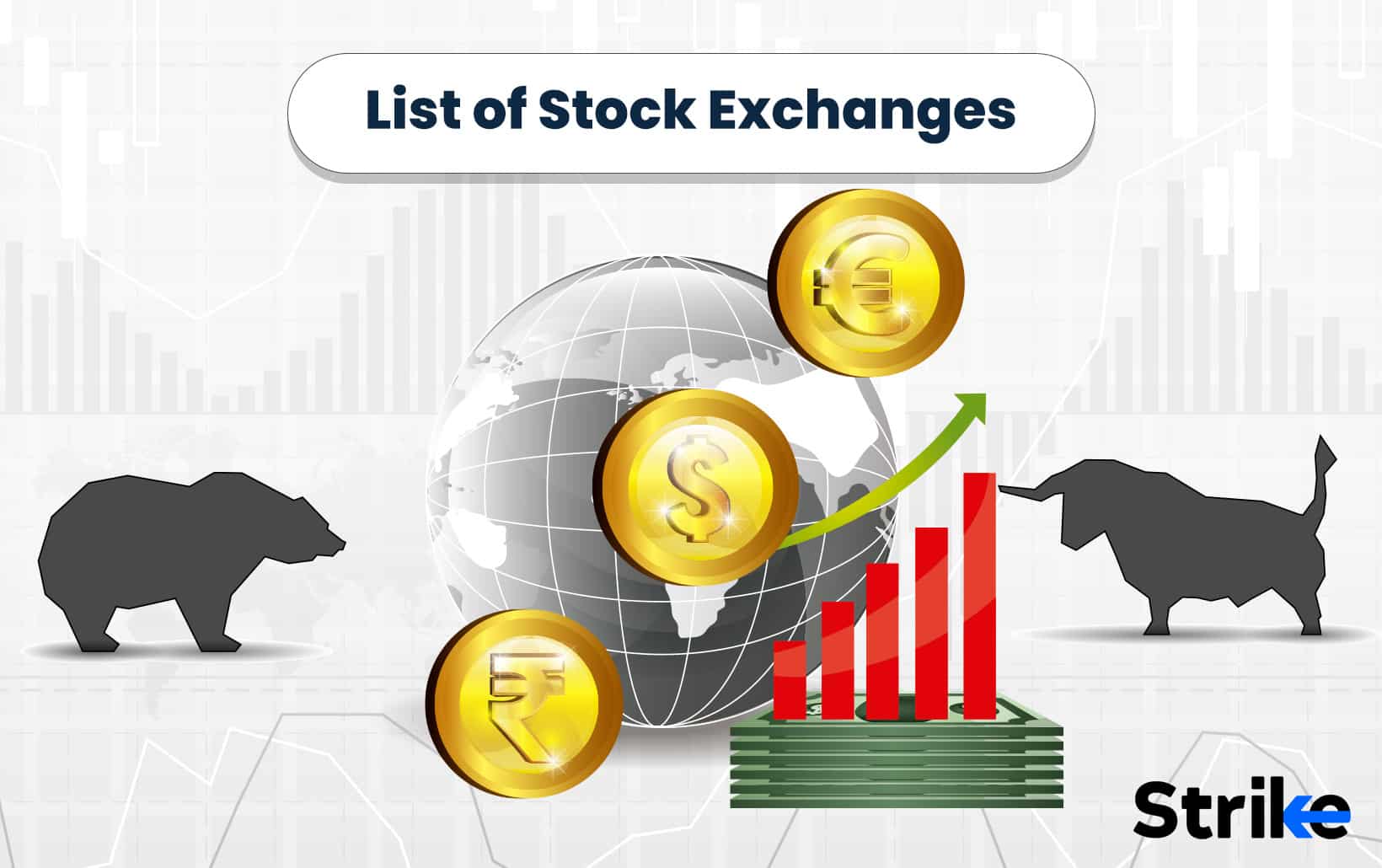
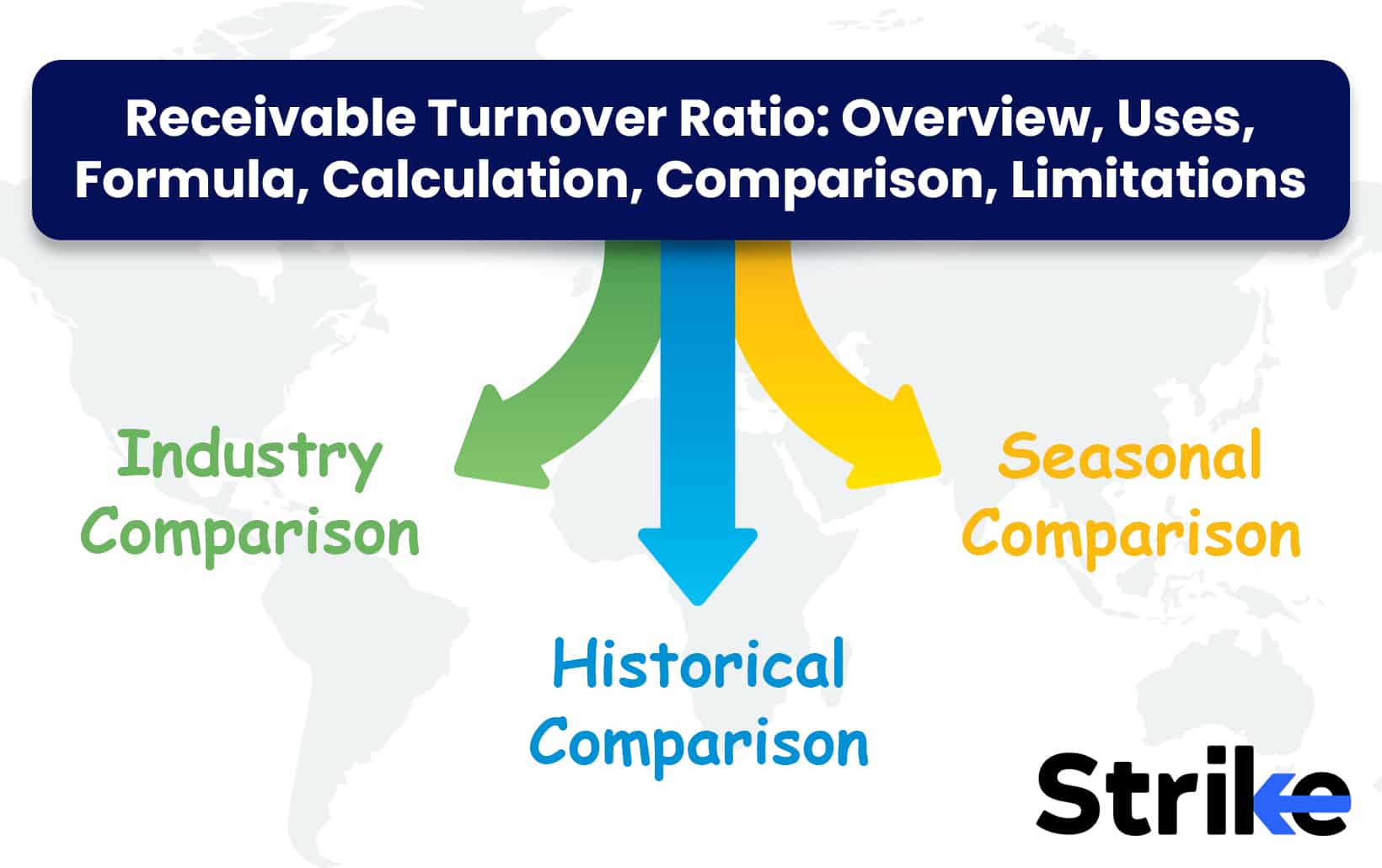
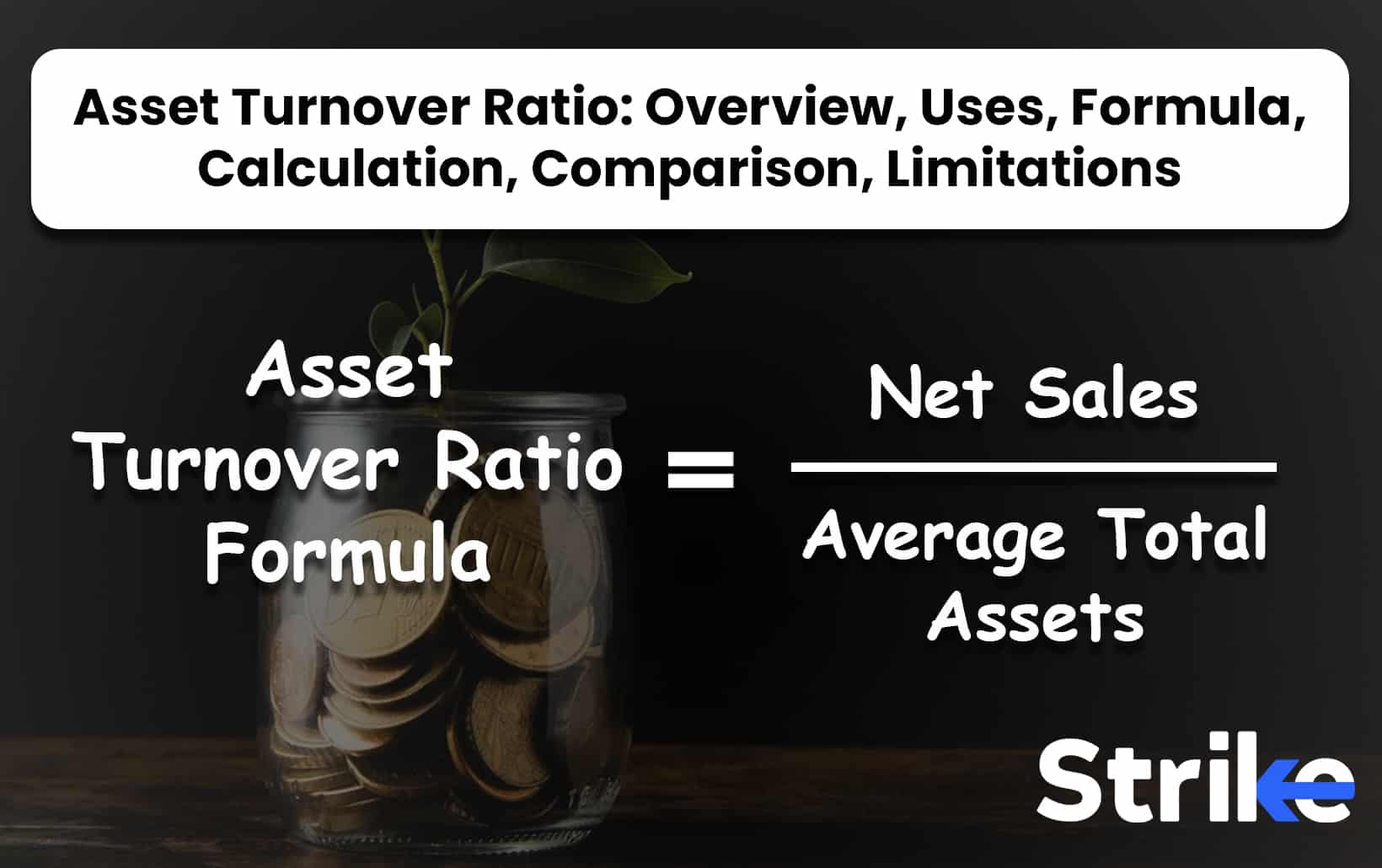
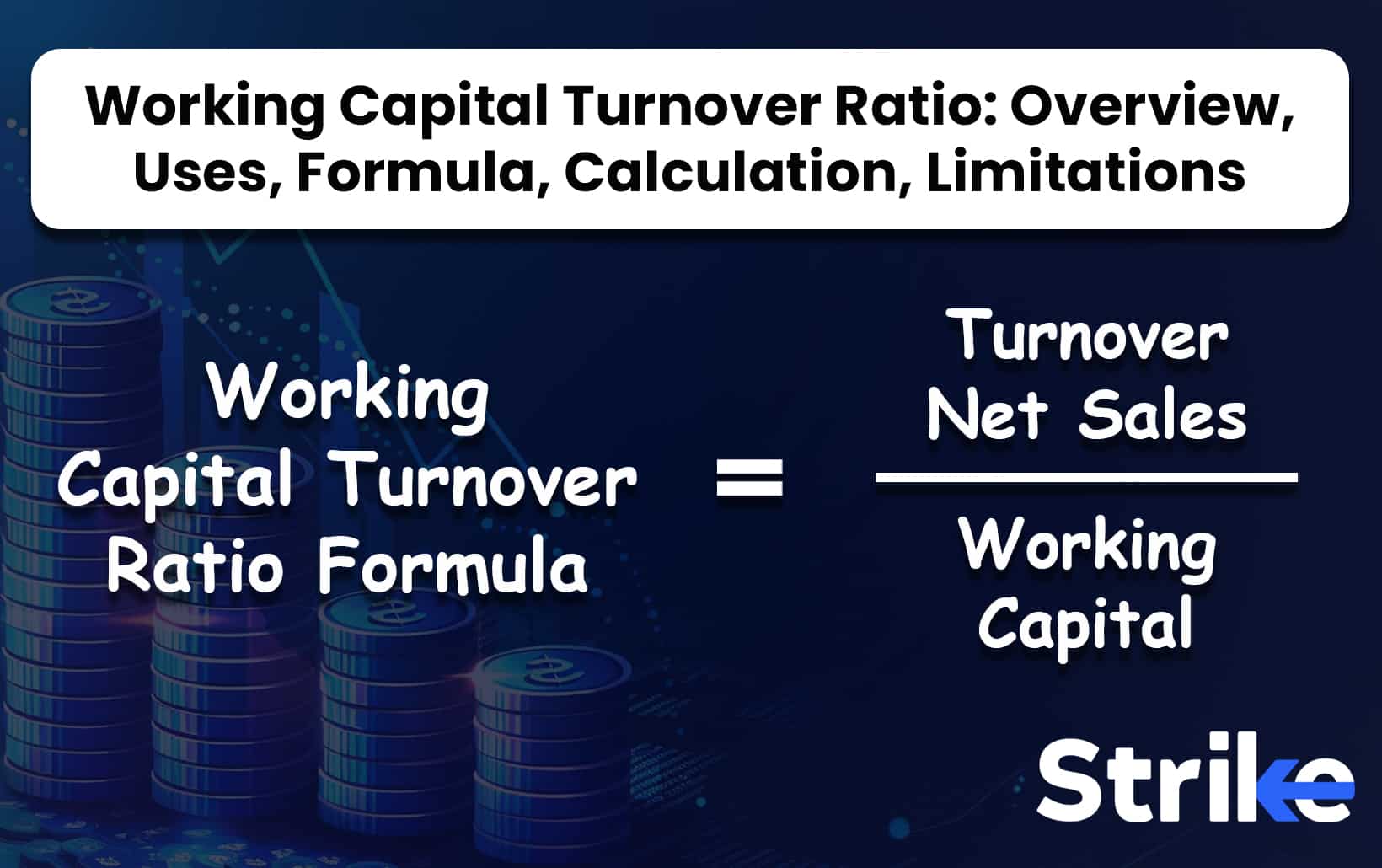
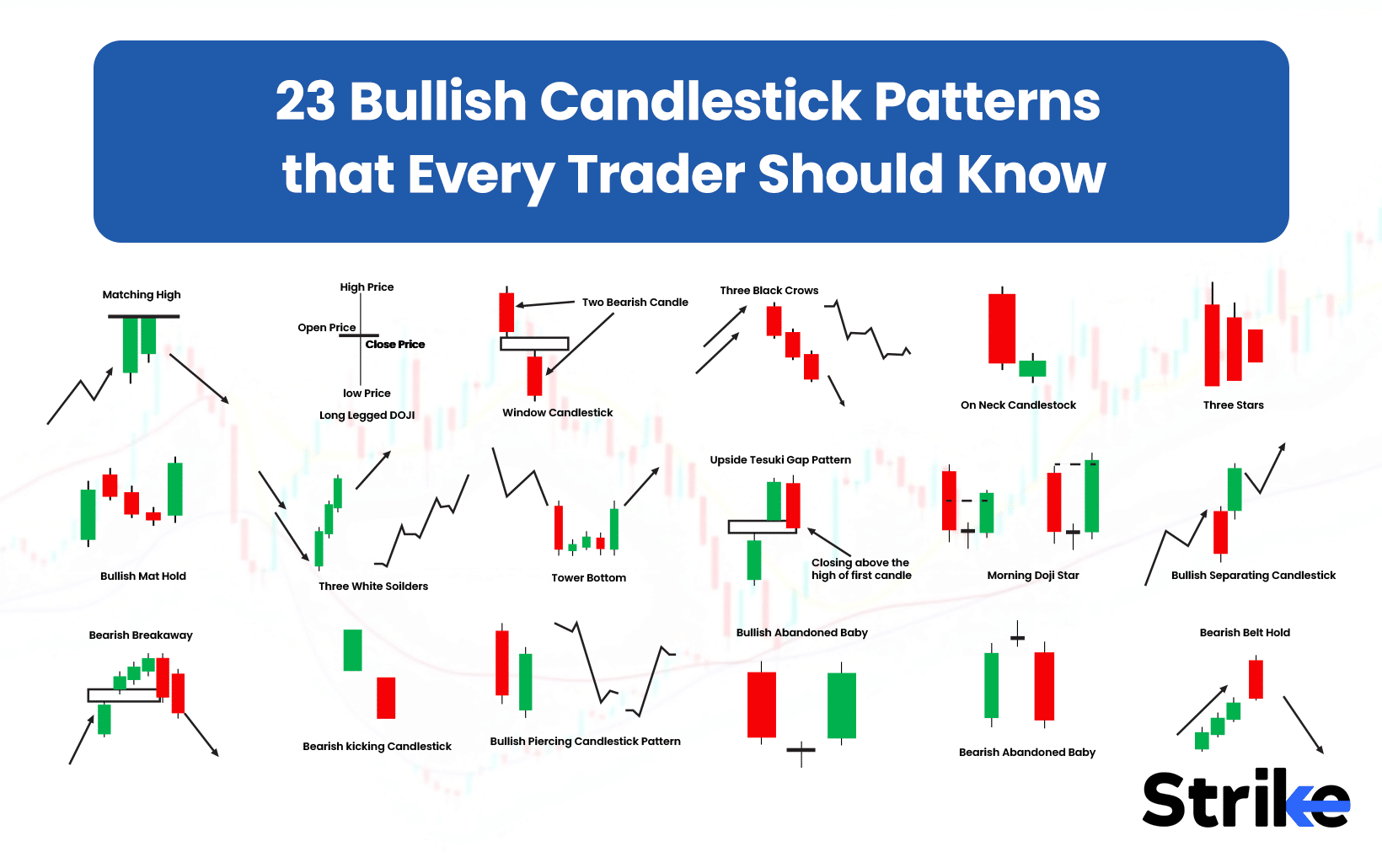


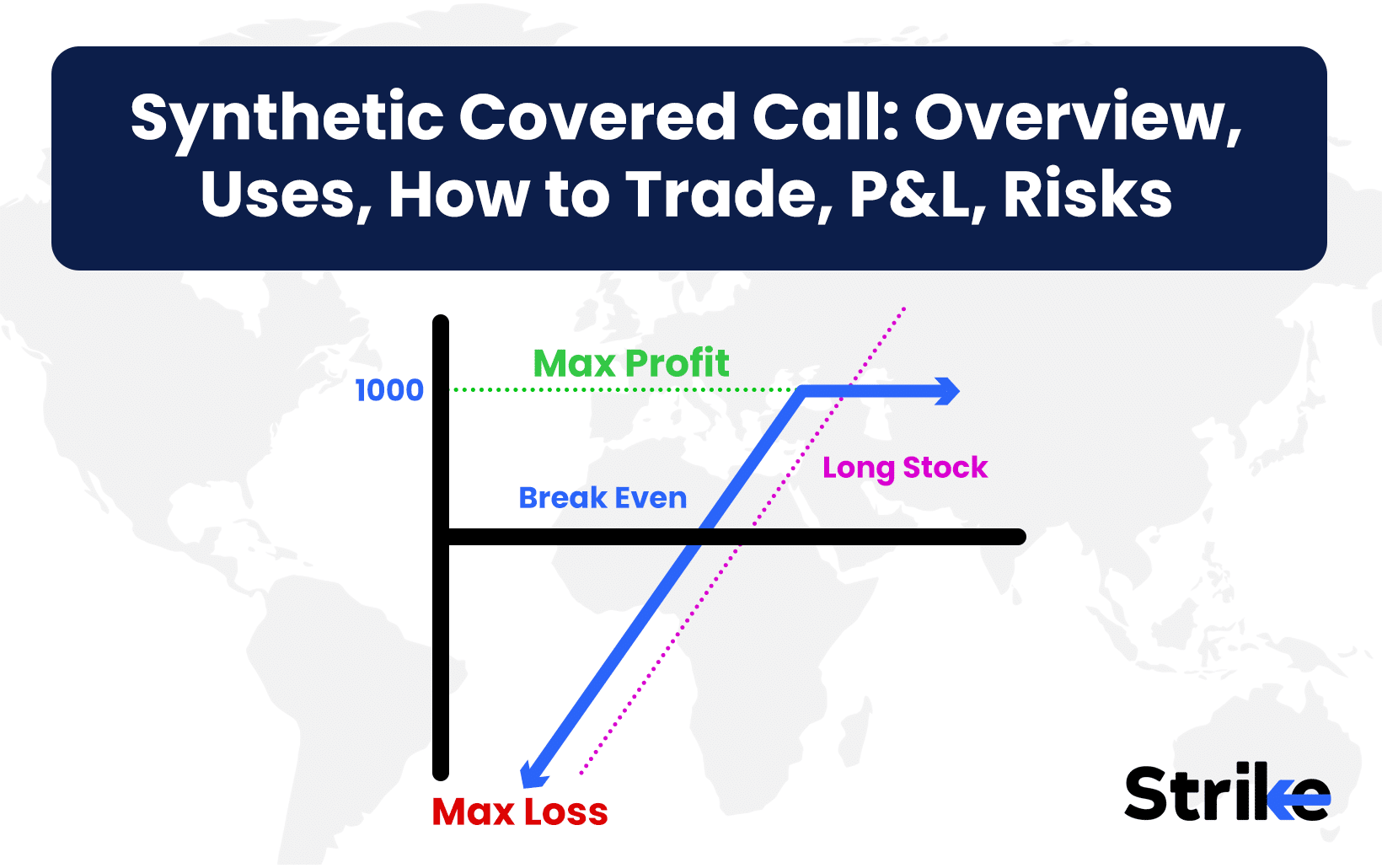

No Comments Yet.